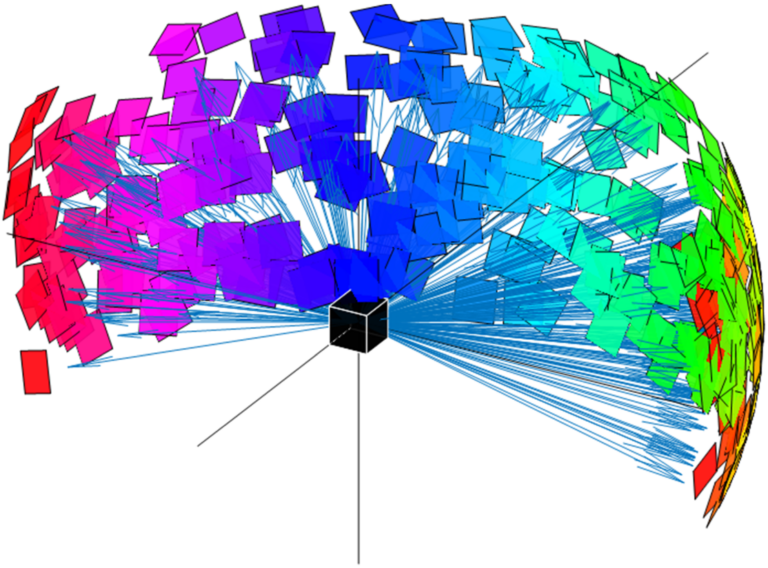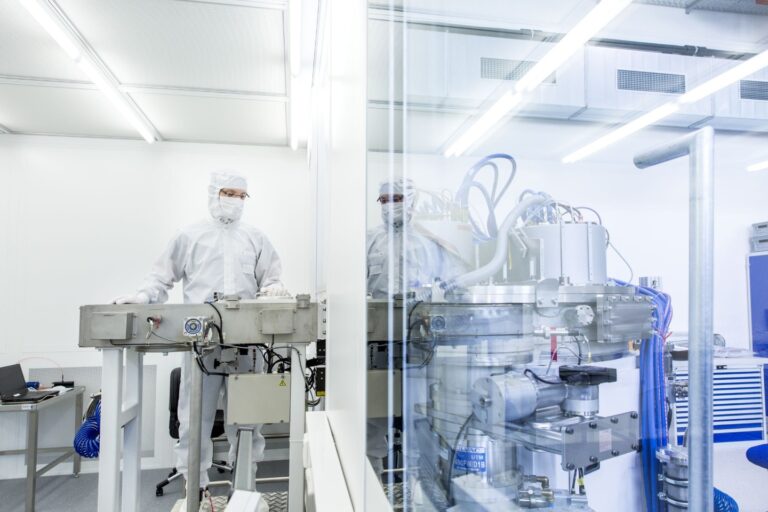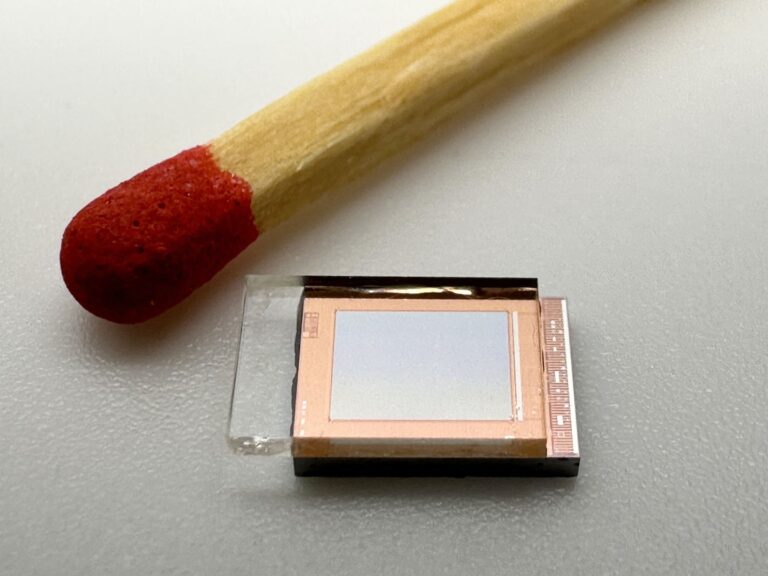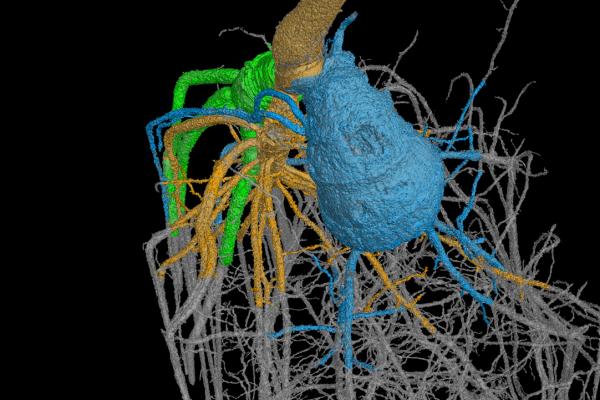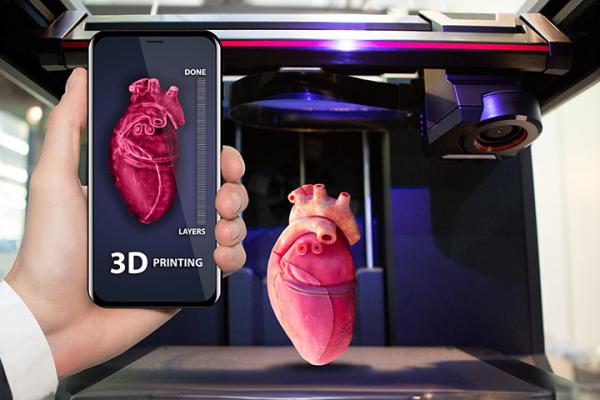Result description
Ptychography is a computational imaging technique that recovers information about a specimen from diffraction patterns recorded in an overlapping scanning setting. Applied as Computed Tomography this technique has been able to reach sub-20 nm isotropic 3D resolution. However, such an approach requires dense planar and angular sampling resulting in long data acquisition time and large data output. Here we present a method for fast alignment of projections and a reconstruction algorithm for sparse 3D ptychographic data implemented using fast GPU parallelized operators.
Recently developed algorithms solving ptychographic tomography as a coupled problem has shown that direct 3D reconstruction from a complete 3D set of diffraction data can yield higher resolution with relaxed sampling requirements due to the coupled planar-angular overlap. In practice, run-out errors of rotation stages, mechanical instabilities, and thermal drifts must be compensated prior to tomographic reconstruction by aligning retrieved projections. In the coupled approach individual retrieved projections are either not available or have sub-optimal quality to perform a correct alignment. Moreover, as the coupled approach requires solving the problem for a complete 3D dataset simultaneously, the processing time is longer compared to the sequential approach.
We propose alignment of 3D Ptycho-tomography data without solving the Ptycho-tomography problem. It does not demand the data to be acquired with dense sampling. The approach can perform rapid alignment from raw diffraction data using an alternative contrast mechanism. In addition, we developed a GPU parallelized version of a coupled Ptycho-tomography solver to speed up computational time.
Addressing target audiences and expressing needs
- Collaboration
- Fellowship to advance my/our research
Collaboration for the purpose of integrating our code/implementing the algorithms in existing or new developments of software that facilitates easy access to 3D ptychographic methodologies for users.
- Research and Technology Organisations
- Academia/ Universities
R&D, Technology and Innovation aspects
Further work will consist of adding the alignment as a sub-problem into one of the alternating minimization algorithms for coupled Ptycho-tomography. Additional parallelization of 3DScanCDI by batching over the angular range should further reduce the computational time of the algorithm.
The algorithms are deterministic and results are therefore reproducible for data of similar quality and signal to noise ratio.
Result submitted to Horizon Results Platform by DANMARKS TEKNISKE UNIVERSITET

